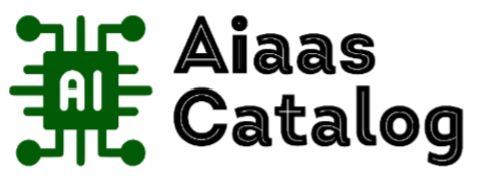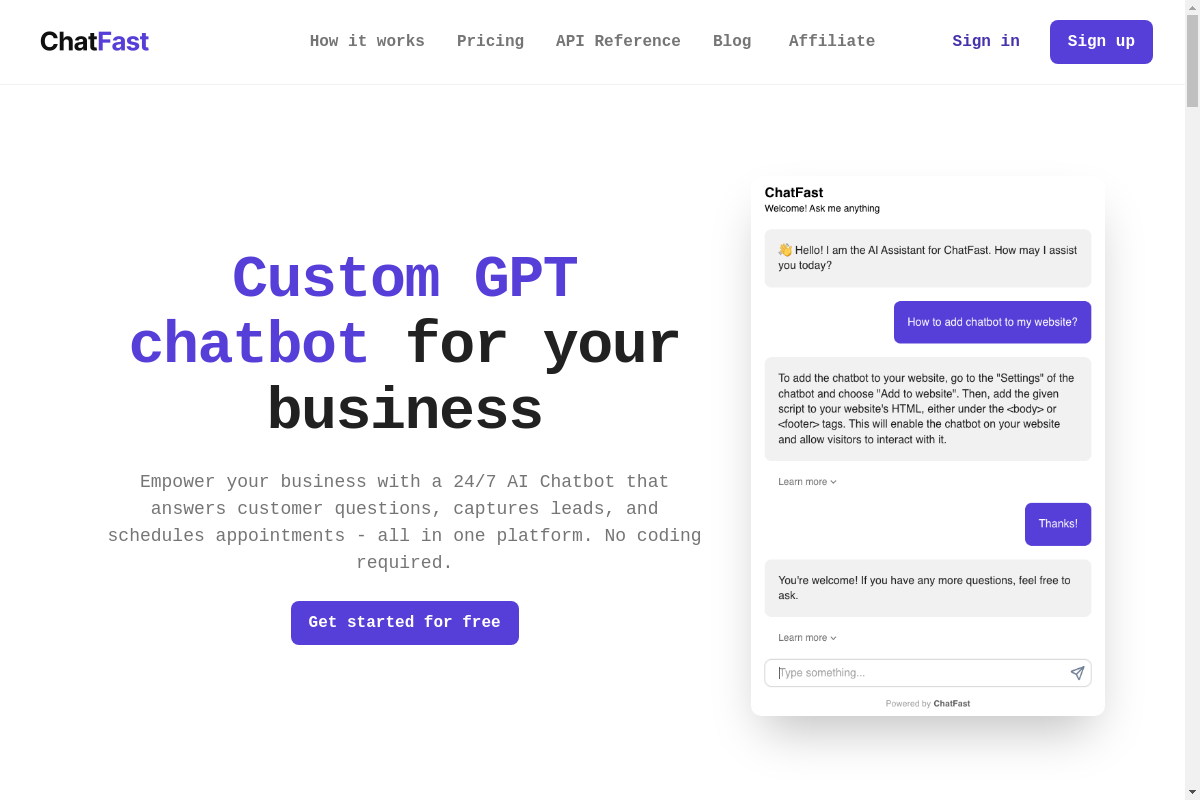Description
Features of Decoherence:
- Explainability: Decoherence provides detailed explanations for its predictions, helping users understand the AI’s reasoning.
- Customizability: Decoherence allows users to customize the AI model’s training data, parameters, and architecture.
- Data Preprocessing: Decoherence performs data preprocessing tasks such as feature selection, normalization, and dimensionality reduction.
- Easy Deployment: Decoherence offers multiple deployment options, including REST API, Python API, and command-line interface.
- Forecasting: Decoherence can generate time-series forecasts based on historical data, supporting various forecasting tasks.
- Model Evaluation: Decoherence provides comprehensive model evaluation metrics, including accuracy, precision, recall, and F1 score.
- Natural Language Processing: Decoherence offers text summarization, language translation, sentiment analysis, and entity recognition capabilities.
- No-Code Interface: Decoherence features a user-friendly, no-code interface, making it accessible to users without coding experience.
- Optimization: Decoherence can optimize hyperparameters and neural network architectures to enhance model performance.
- Real-Time Predictions: Decoherence supports real-time prediction generation, allowing for immediate insights from streaming data.
- Scalability: Decoherence can handle large datasets and complex models, making it suitable for enterprise-level applications.
- Transfer Learning: Decoherence enables transfer learning, where models trained on one task can be fine-tuned for a different task.
Use Cases of Decoherence:
- Anomaly Detection: Identifying unusual patterns or events in data, enabling proactive responses to potential issues.
- Churn Prediction: Forecasting customer churn based on historical behavior, helping businesses retain valuable customers.
- Demand Forecasting: Generating accurate demand forecasts for products or services, optimizing inventory management and supply chain operations.
- Fraud Detection: Detecting fraudulent transactions or activities in financial systems, protecting against financial losses.
- Healthcare Diagnosis: Assisting medical professionals in diagnosing diseases or conditions by analyzing medical data.
- Image Recognition: Classifying and identifying objects or scenes in images, useful for applications like object detection and facial recognition.
- Language Generation: Creating human-like text, such as product descriptions, marketing copy, or news articles.
- Predictive Maintenance: Predicting when equipment or machinery may fail, enabling proactive maintenance and minimizing downtime.
- Recommendation Engines: Generating personalized recommendations for products, movies, or other items based on user preferences and historical behavior.
- Sentiment Analysis: Analyzing customer feedback or reviews to gauge sentiment and identify areas for improvement.
- Stock Market Predictions: Forecasting stock market trends or price movements based on historical data and market conditions.








Reviews
There are no reviews yet.